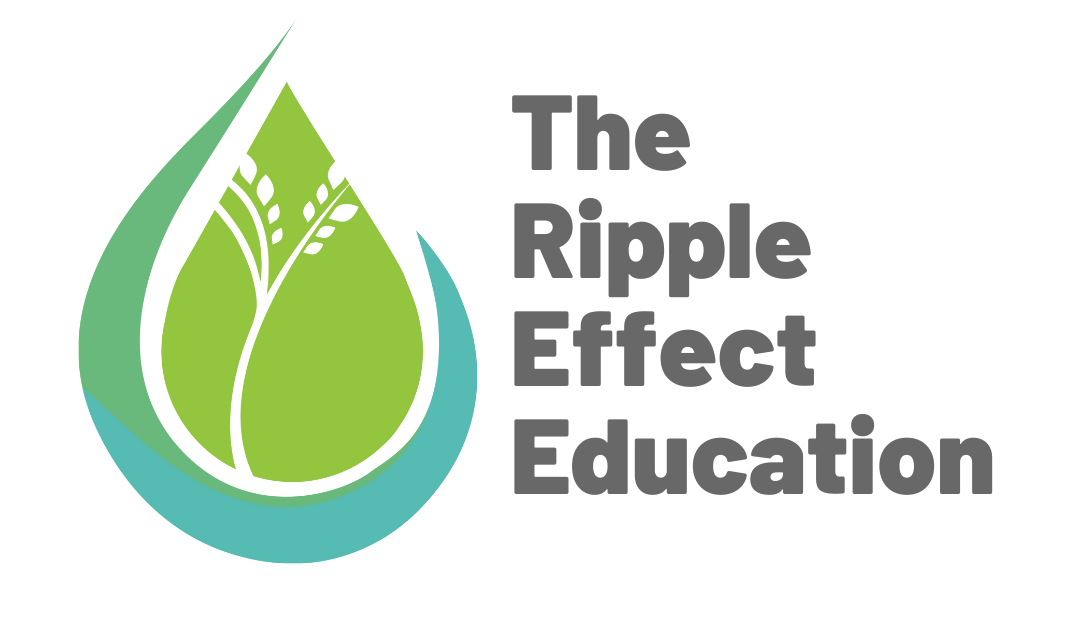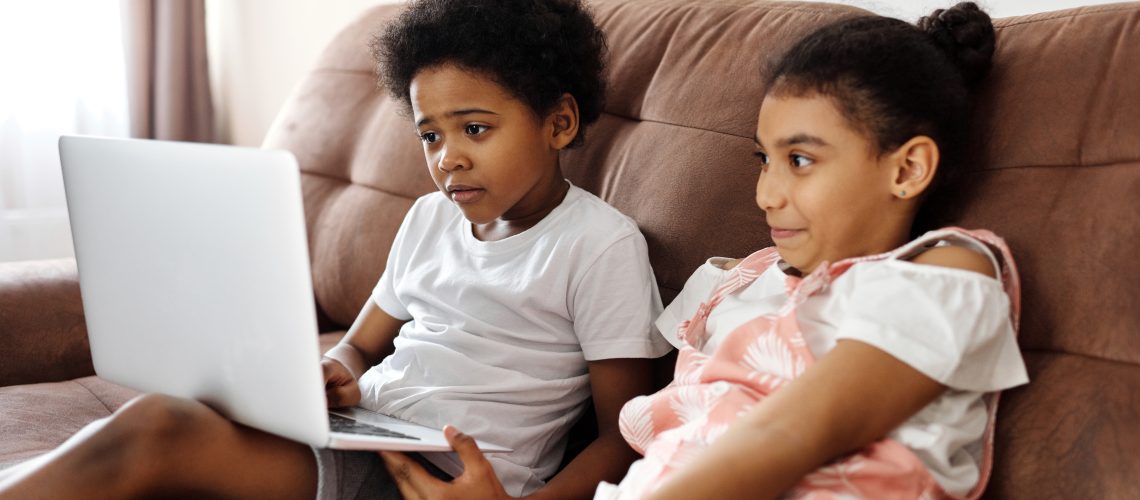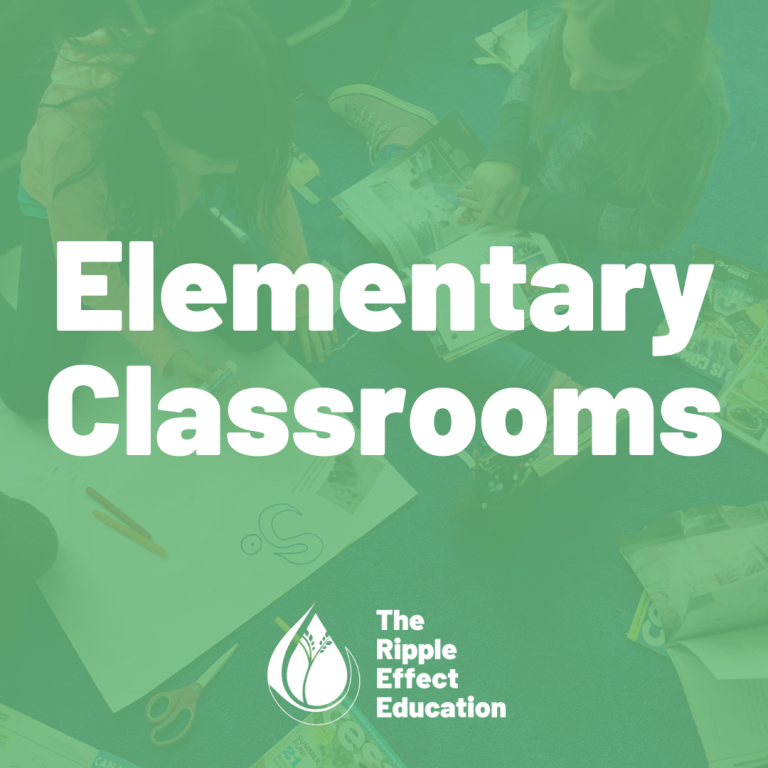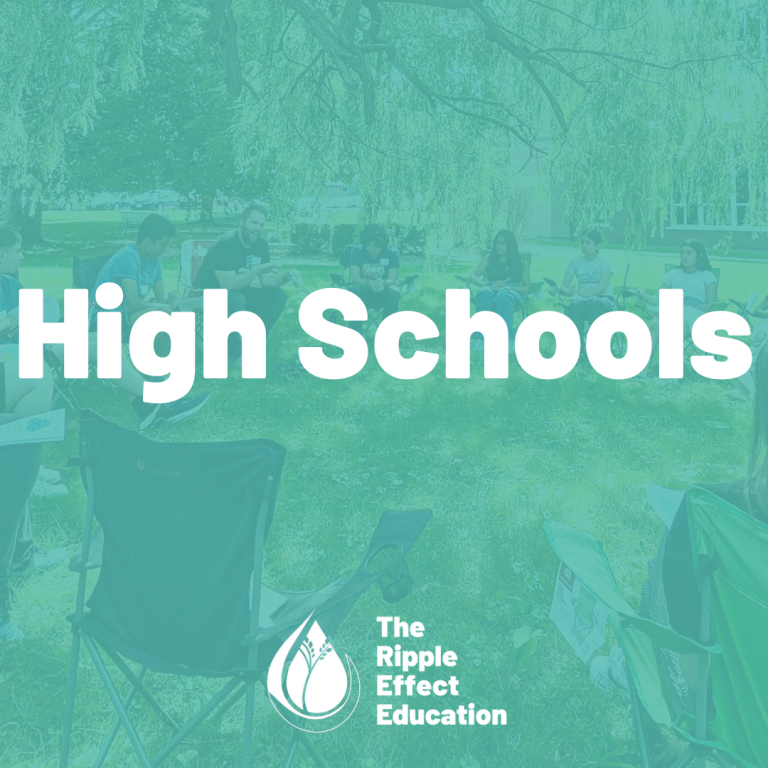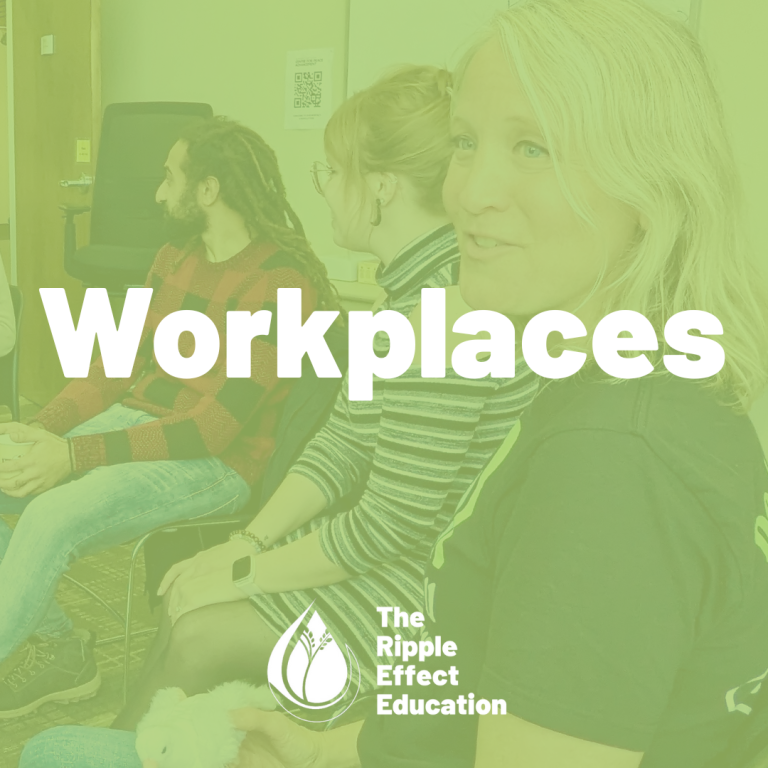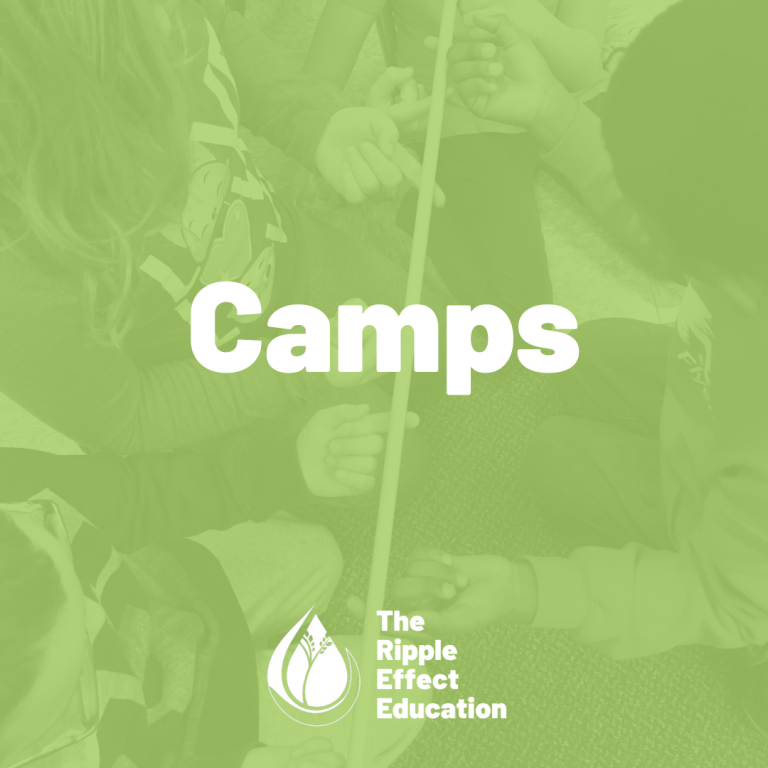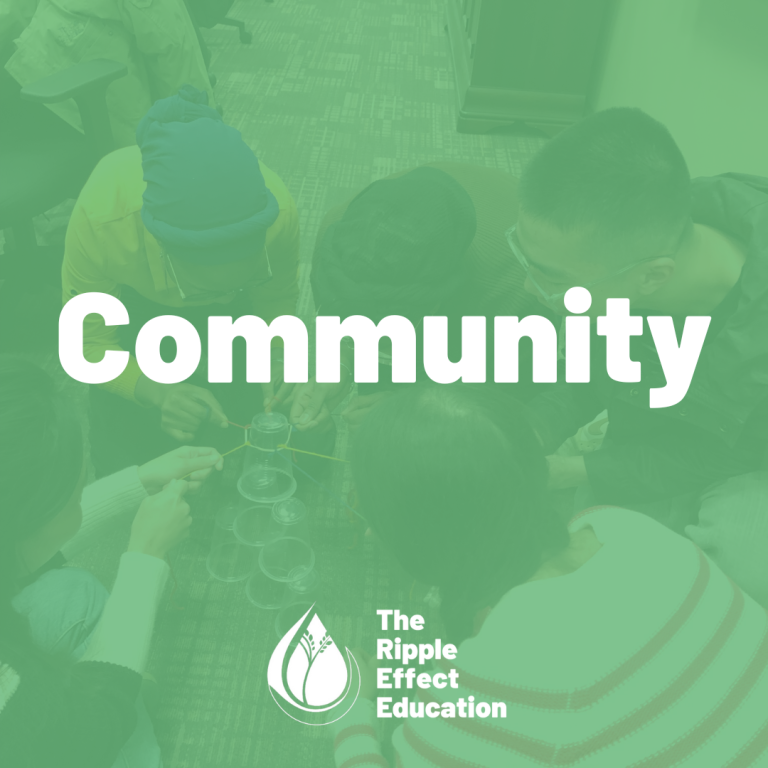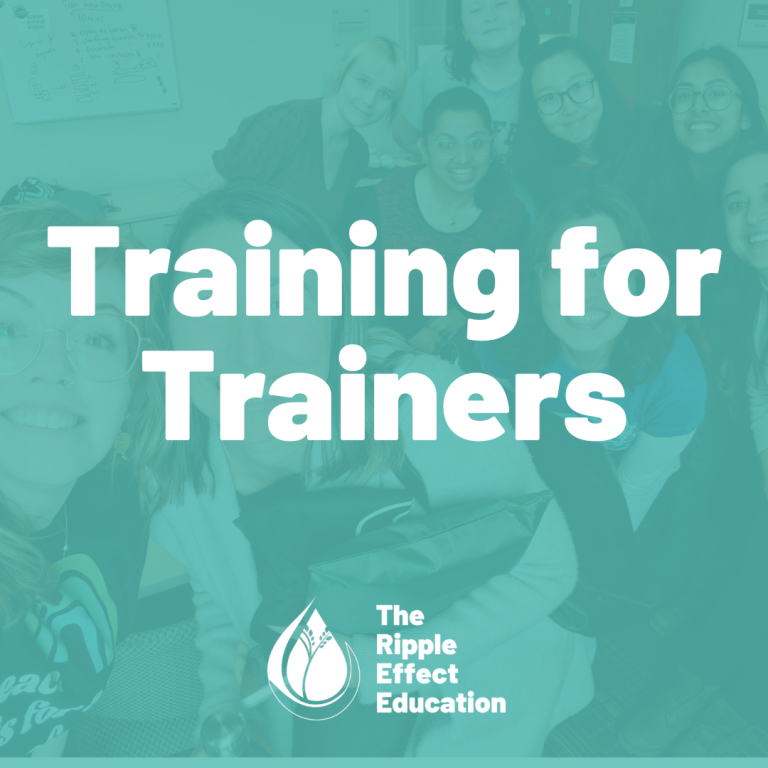Welcome to Part 2 of our July Blog Series! This month we are exploring different peace-based activities that you can do from home, adapted from some of our favourite TREE activities.
These three activities are designed for children in middle elementary school, ages 10-12. Of course, you know your child best! Feel free to adapt these activities to their preferences and interests, or check out our summer reading list!
1. Intentional Acts of Kindness
In this activity, we encourage you to go beyond seeking out opportunities for random acts of kindness, and take it a step further by looking at kindness through the lens of justice.
There are many intentional acts of kindness that you and your child can do together, including children in everyday activities, like a daily walk around your neighbourhood or running errands. Taking intentional action positions children to build ownership of their community, and can be a great way to engage your child in conversation about social justice.
Take it a step further by doing some research with your child about where your energy might be most effective: are there certain community groups that could use your support, are there small businesses that are doing work that aligns with your child’s values, are there physical spaces that could use positive messages? Choose an activity that your whole family can get excited about!
Acts of Kindness Examples
- Writing positive messages with sidewalk chalk
- Set a goal to say “Hello” to everyone you pass on a walk around your neighbourhood
- Donate food to a local food bank
- Pick up litter
- Write/draw thank you notes for the mailman/sanitation worker/bus driver, etc
- Write a letter to a community group you support
- Make a sign in your window supporting a cause
2. Know the Land
Learning more about the land that we live in is an incredible privilege! In several Indigenous teachings, the relationship between humans and the land has always been discussed, as Indigenous people hold the land up as both a living being and as a teacher.
For this activity, we recommend using Native-Land.ca, an online platform where users can interact with maps of Indigenous territories, treaties, and languages, and locate themselves and their favourite places on the map. Before using Native-Land, discuss how many Indigenous territories you and your child can name. Do you know where these territories are? Do you know the name of the Indigenous territory that they live on?
Then explore Native-Land.ca and investigate which traditional lands you live on. Look up other places that mean something to your family as well: where you spend time in the summer, where you have taken a vacation or trip, etc. Research to learn more about Indigenous histories where you currently live. Who lived and lives here? How long have they been there? What can you learn about that specific Indigenous community’s history and culture?
3. Everyday Justice
During these years of a young person’s life, they are in the process of forming their identity and learning a lot about themselves. It’s a great age to talk about values, and empowering your child to explore what they are passionate about. For this activity, the first step is to define justice and injustice. First invite your child to define these words as best as they can on their own. Then, help fill in any gaps, or use the internet to explore additional language!
Merriam-Webster Definitions:
- JUSTICE: the quality of being just, impartial, or fair
- INJUSTICE: absence of justice : violation of right or of the rights of another
Once the foundation of understanding what justice and injustice means, take the time to explore what justice and injustice looks like, what are examples in the world, in the country, in your community?
Then, invite your child to go on an investigation for types of justice and injustice in your neighbourhood. Go for a walk with your child, and if you can bring a phone or a camera, and be on the lookout for justice/injustice, take photos of what you would find if you like. As you are walking, discuss your findings; What about them is fair or unfair? What kind of harm is caused or prevented? Is everything that is fair to one person fair to others?
Examples of justice/injustice in your neighborhood:
- Stop signs/speed limits/traffic signs
- Litter
- Graffiti
- A community garden
- A Little Library
- Parks/Playgrounds (possibly closed off due to COVID-19)
If a walk in the neighborhood is not an option, searching for everyday justice/injustice in your child’s favourite movie, tv show, or book is also an option!
Let us know if you try out any of these activities, and stay tuned for next week when we explore more peace activities for teens!
References:
Native Land Teacher’s Guide 2019, An Education Guide by Native Land: https://native-land.ca/wp/wp-content/uploads/2019/03/teacher_guide_2019_final.pdf
Photo by August de Richelieu from Pexels
 Erin Huston is a social justice advocate and community-building facilitator. After finishing degrees at the University of Waterloo in Legal Studies and Peace & Conflict Studies, Erin pursued a Masters degree in Social Justice and Community Engagement at Wilfrid Laurier University. Passionate about working with youth, Erin uses her education of structural factors and discourses that lead to social inequality and environmental injustice to facilitate programming designed to help empower young people to think critically about issues they care about.
Erin Huston is a social justice advocate and community-building facilitator. After finishing degrees at the University of Waterloo in Legal Studies and Peace & Conflict Studies, Erin pursued a Masters degree in Social Justice and Community Engagement at Wilfrid Laurier University. Passionate about working with youth, Erin uses her education of structural factors and discourses that lead to social inequality and environmental injustice to facilitate programming designed to help empower young people to think critically about issues they care about.
